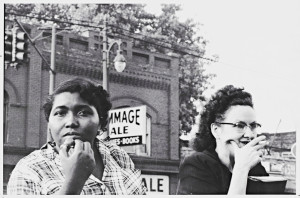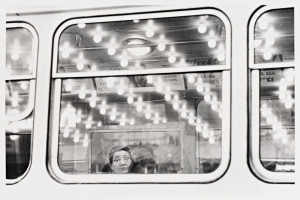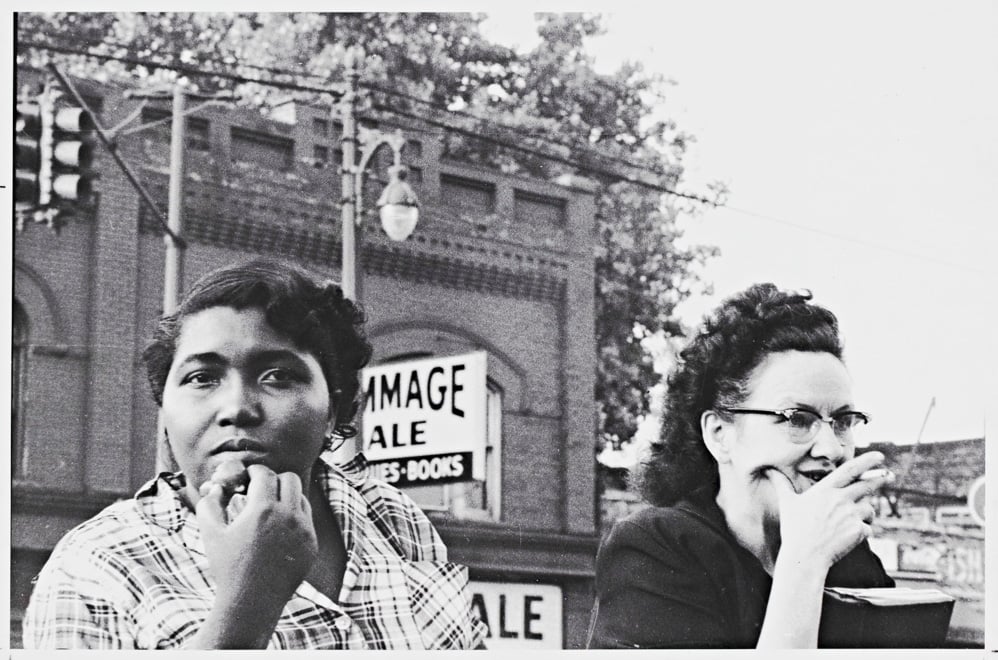
Having curated over 40 exhibitions at the Museum of Modern Art, New York (MOMA), Harvard graduate Peter Galassi is something of an icon in the traditional art world. After serving as chief curator of photography at MOMA for over two decades, Galassi has since moved on to pursue the next chapter in his career. Galassi was recently invited to curate the “Robert Frank in America” exhibition at Cantor, which runs until early January 2015 and highlights the Swiss photographer’s lesser-known work.
Halfway across the globe in Paris, France, Galassi agreed to answer some questions about his interest in Robert Frank, his artistic preferences and his reasons for leaving MOMA.
The Stanford Daily (TSD): Why did you leave MOMA to come to Stanford? In other words, what can you do at Stanford that you couldn’t do there?
Peter Galassi (PG): I worked at MOMA for 30 years, and for 20 of those years I was the chief curator of the department, which meant that I was as much a cultural bureaucrat as a curator. It’s a great museum, and I was lucky to be there, but I’ve had enough of that. I now lead a different kind of life, and I’m not a bureaucrat anymore. As for the Stanford part, I was available — I didn’t leave MOMA to come to Stanford. Connie Wolf was the director of Cantor. When she got to Cantor she was interested in photography, and she did this big show about Watkins and things in the Stanford collections. Robert Frank’s works were in the collections. She got in touch with me and she said, “maybe you’re interested in these,” so I came out and looked at them, and I said “yes, wow, I am interested!”
TSD: Any regrets about leaving MOMA?
PG: No. I had a great time there, but institutions are institutions, and people are people. The institution has to continue to change and grow and so do the people.
TSD: What inspired you to take on this project of curating the Robert Frank exhibit at Cantor?

PG: Because of this very special circumstance of how things happened for him. He did this great work in the 1950s, and then he got interested in making movies, so he put all the photography aside, that was like 1959-1960 — around the same time that his great book came out, “The Americans.” Ten years after that, he was still very interested in making his movies, as an independent filmmaker, doing his own thing. It wasn’t commercial, Hollywood moviemaking. He was struggling with that, and then his book became this kind of icon. Nobody had really paid attention to, or had a chance to pay attention to, this work except for the pictures that were in the book.
TSD: What would you say is the most memorable project you have ever worked on?
PG: I’m not sure I know how to answer that! Maybe a show I did in 1987 about the early work of Henri-Cartier Bresson, a photographer also with a small camera, a generation before Robert Frank. I learned a huge amount doing that project.
TSD: Have you noticed any differences between the art scene on the East Coast and the West Coast?
PG: Yeah, there are differences, and I think there’s probably as big a difference between San Francisco and LA as there is between New York and the West Coast. There’s a great photography scene in the Bay Area, and there always has been. San Francisco has always been a great photography town. New York is too, but photography has always had a special place in the Bay Area that maybe it hasn’t had in New York.
TSD: Do you feel that photography is underrepresented in traditional gallery spaces? Why is it important that we understand and interact with photographs?
PG: Maybe, but not anymore. Like any human endeavor, I don’t think photography is especially important compared to literature or painting or music. But it’s something that I fell in love with and got involved with and found rewarding. For me, the most interesting thing is to learn. This Robert Frank project was great for me, because I learned a lot about something I thought I already understood. If I can share that with other people who are interested, then I think that’s great.
TSD: You mentioned in your MOMA farewell letter that you wanted to undertake “ambitious writing projects.” Could you provide some insight into what these projects entail, and what other endeavors you’ll be pursuing?
PG: The ambitious writing project that is the most interesting to me – and that is related to Robert Frank – is about the relationship, in the 20th century, between photography’s ambition as a high art and all of the other things photography does. The word that I use for that is “vernacular,” meaning photography for medical science, or for a real estate agent, or for anything other than “art.” Photography has always had this dual identity. There are all kinds of practical uses of photography, and then there’s photography when it can be an art. The relationship between those two things in the first two-thirds of the 20th century is a very interesting thing, because it keeps going back and forth.
TSD: What direction do you think your future exhibits at Cantor will take?
PG: I loved working for Cantor. Connie Wolf, the director, is terrific, and I loved working with all the other people there, but I might not do another project for Cantor. They had something and they were looking for somebody to do it, and for me it was a great fit. So maybe I’ll do something again, maybe not.
Contact Eric Huang at ehhuang ‘at’ stanford.edu.
